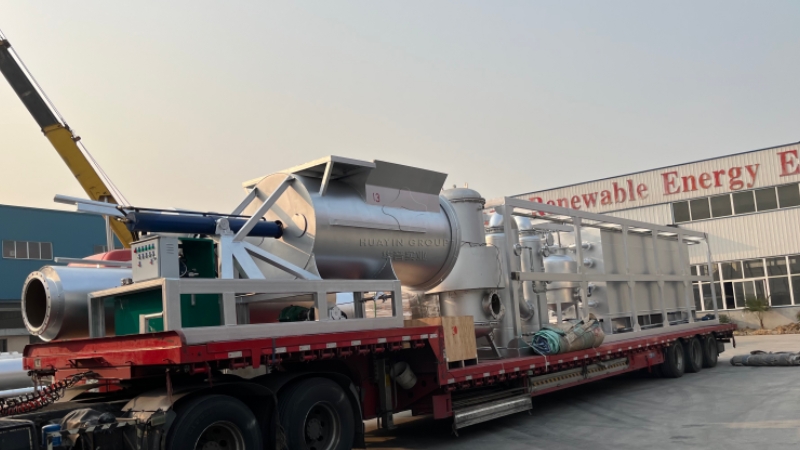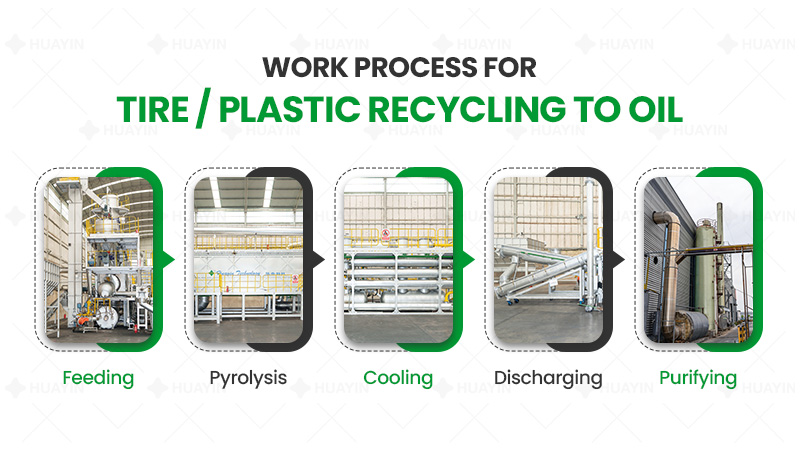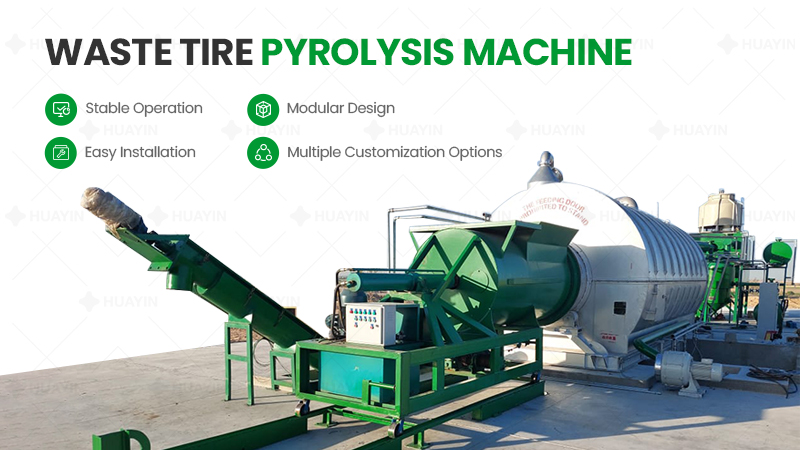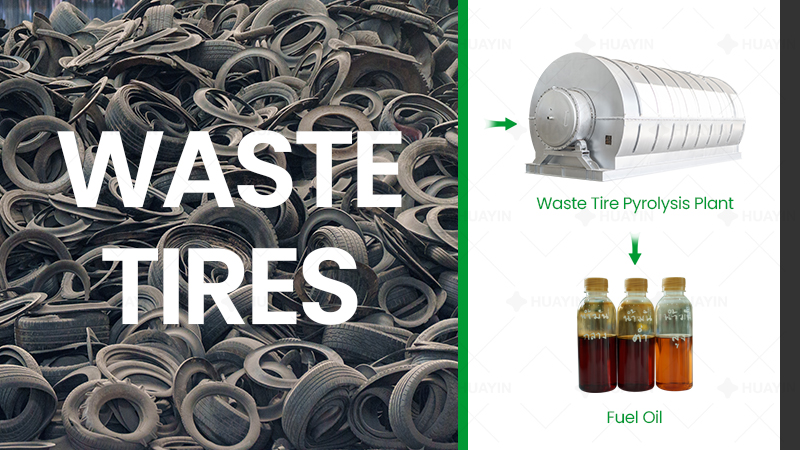
Both incineration and pyrolysis are forms of combustion, these are important methods for treating solid waste. There are certain differences between pyrolysis and incineration methods regarding treatment conditions, generated products, and applicable conditions.
The key difference is that incineration is the combustion of organic matter in the presence of oxygen whereas pyrolysis is the combustion of organic matter in the absence of oxygen.
Incineration refers to the process of thermochemical reactions of garbage with a certain calorific value energy under aerobic conditions, and incineration is the process of releasing heat. Incineration is an important way to achieve harmless, resourceful, and reduced waste. The incineration process converts waste into ash, gases, and heat. The heat generated from incineration can be used for heating and power generation.
Pyrolysis is the combustion of organic matter in the absence of oxygen. The chemical composition of the material is changed by this process, and the process is irreversible. Generally, pyrolysis of organic materials causes the production of volatile components along with a carbon-containing solid residue and tar. Pyrolysis is an endothermic process. This process gives end products in the solid phase, liquid phase, and gas phase as well. The heat contained in solid waste is stored in the form of the above-mentioned substances and becomes a valuable fuel for storage and transportation.
Huayin has 30 years of experience in pyrolysis projects, we mainly process used tires, plastic wastes, oil sludge, medical wastes, etc. We provide customized solution to waste for each customer. If you have any interest in the pyrolysis business, please contact us!



